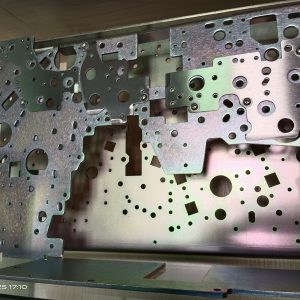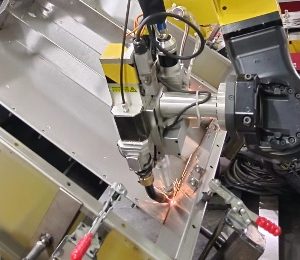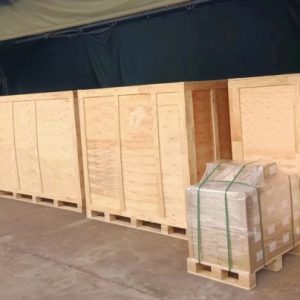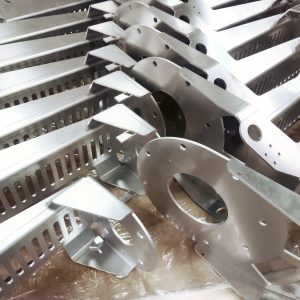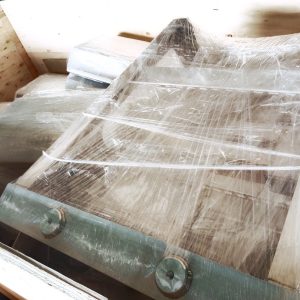Classification according to process properties
- A die that separates material along a closed or open contour. Such as blanking die, punching die, cutting die, cutting die, trimming die, cutting die, etc.
- The bending die is a die that makes the blank or other blank bend and deform along a straight line (bending curve), so as to obtain a workpiece with a certain angle and shape.
- Drawing die is a kind of die that makes the blank into open hollow parts or further changes the shape and size of hollow parts.
Classification according to process combination degree
- Single process die is a die that only completes one stamping process in one stroke of the press.
- The compound die has only one station. In one stroke of the press, it is a die that completes two or more stamping processes at the same station at the same time.
- Progressive die (also known as continuous die) has two or more stations in the feeding direction of the blank. In one stroke of the press, it completes two or more stamping processes at different stations one by one
- The transfer die combines the characteristics of single process die and progressive die. Using the manipulator transfer system to realize the rapid transfer of products in the die can greatly improve the production efficiency of products, reduce the production cost of products, save the material cost, and have stable and reliable quality.
OEM Custom Radiator Support Bracket | Custom Metal Fabrication |Sheet Metal Custom
Classification according to the processing method of products
According to different product processing methods, molds can be divided into five categories: punching and shearing molds, bending molds, drawing molds, forming molds and compression molds.
- Punching and shearing die: the work is completed by shearing. The common forms include cutting die, blanking die, punching die, trimming die, edge forming die, broaching die and punching and cutting die.
- Bending die: it is to bend the flat wool into an angular shape. Depending on the shape, accuracy and production capacity of the parts, there are many different forms of dies, such as ordinary bending die, cam bending die, crimping die, circular arc bending die, bending punching die and twisting die.
- Drawing die: the drawing die is to make the flat rough embryo into a bottomed seamless container.
QUICK LINKS: FAQ | China Sheet Metal | Sheet Metal Enclosure Fabrication | Metal cases Aluminum case suppliers | Sheet Metal Manufacturing | Alu Bracket | Sheet Metal Custom | CNC Stamping Parts | Custom Metal Fabricators Near Me |Metal Frames| Sheet Metal Chassis
